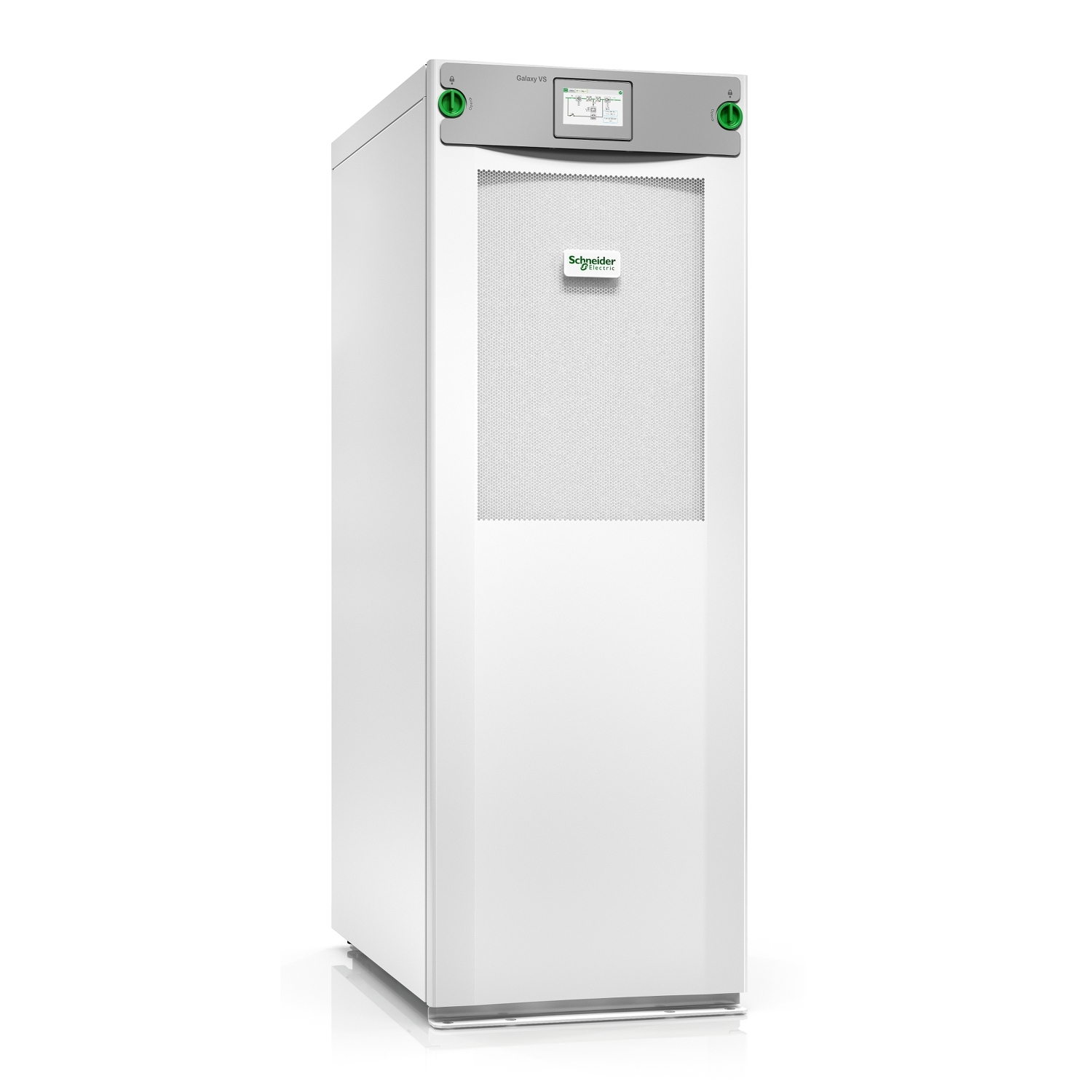From its development history, UPS has gone through two stages: rotary UPS and static transformation UPS.
A rotary UPS consists of a rectifier, battery, DC motor, diesel engine, flywheel, and generator. Under the condition of mains power supply, the electric motor drives the flywheel and generator to supply power to the load; After a power outage, due to the inertia of the flywheel, it will continue to drive the rotor of the generator to rotate, allowing the generator to continuously provide power to the load (electric energy kinetic energy electric energy), playing a buffering role, and starting the diesel (gasoline) engine at the same time. When the speed of the oil engine is the same as that of the generator, the oil engine separator is connected to the generator to complete the conversion from mains power to the oil engine. This is an earlier form of UPS, although it is easy to maintain and relatively stable, the system is large, inconvenient to operate, and has low efficiency, high noise, and low power quality. The limitations of technical conditions force people to adopt this simplest solution.
With the continuous emergence and widespread application of computer networks, medical equipment, and precision instruments, rotary UPS is no longer able to meet the requirements. Therefore, with the development of power electronics technology, another form of UPS static conversion UPS has emerged, which is currently the most common type of UPS we see. Technically speaking, static UPS can be divided into three categories: offline (OFFLINE), online (ONLINE), and online interactive (ONLINE INTERACTION). Generally speaking, this type of UPS has two main working states, which operate in different mains environments. When the mains power is normal (referring to the voltage amplitude, frequency, and waveform that UPS can accept and recognize being larger than the range accepted by the load), the mains power supplies power to the load through UPS. After filtering, stabilizing, and adjusting the frequency of the mains power, UPS provides a more stable and clean power supply to the load. Meanwhile, UPS converts electrical energy into chemical energy through chargers and stores it in batteries. When UPS detects abnormal mains power, it switches to battery power supply and converts chemical energy into AC power through an inverter to supply uninterrupted power to the load. This UPS also has a BYPASS working state, which can directly output the input after high-frequency filtering when it is just turned on or when the machine fails, ensuring power supply to the load.


